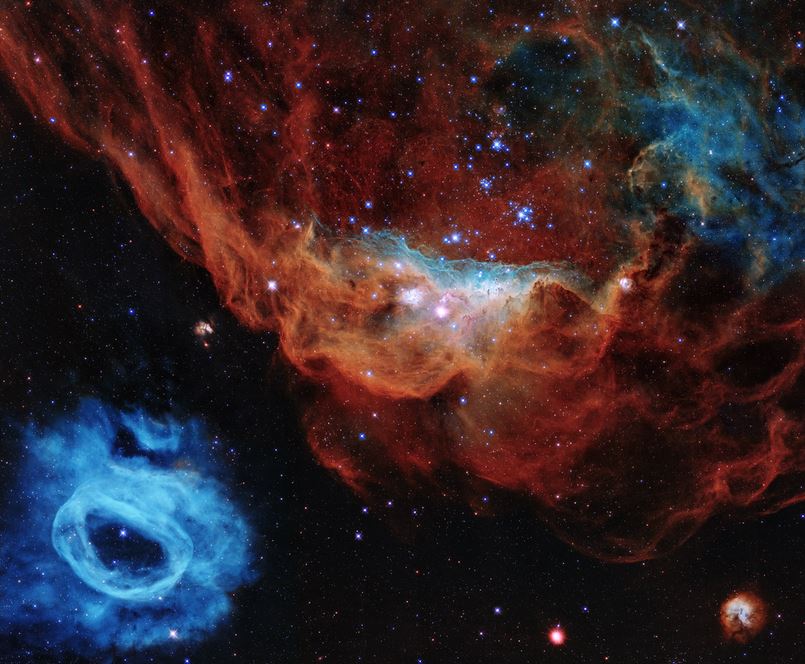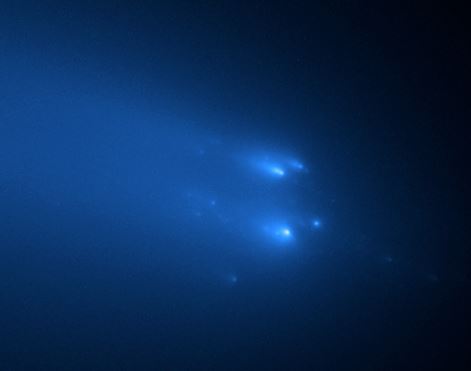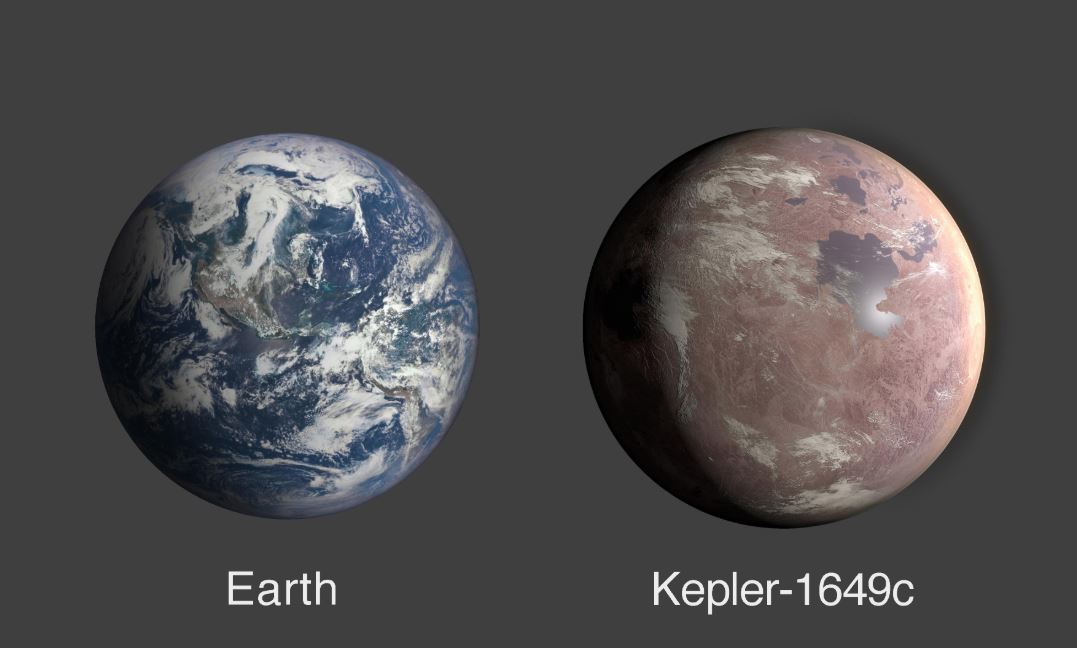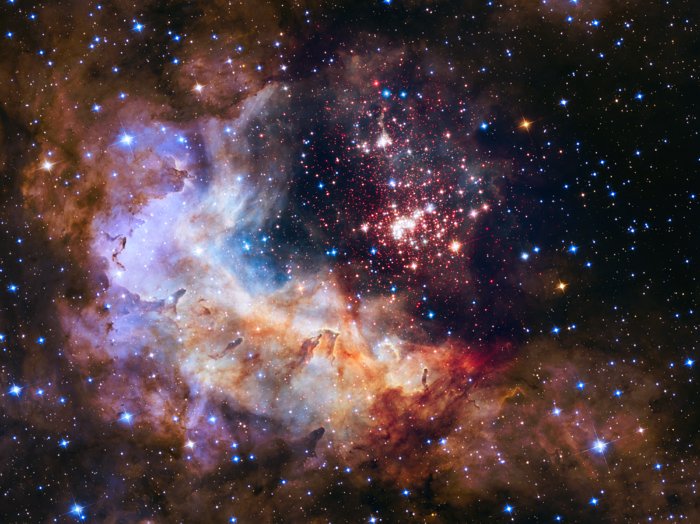MASS Meeting Notes for November, 11, 2016
This was our 49th meeting. Dean, Harry, Dave and his friend Liz, Keith and I were in attendance.
As the first order of business, we all suggested that Keith credit himself on the website. It would not exist without his support and technical expertise.
There are quite a few interesting programs coming on this November. Foremost is the 6 part series “Mars” on the National Geographic Channel starting this Monday, Nov 14. Ron Howard is Executive Producer and the trailer includes clips from Elon Musk and Neil DeGrasse Tyson. It looks like a quality production. Another series that I have been enjoying is the quirky humorous “People of Earth” on TBS. It concerns itself with a support group of people who feel they have been abducted by aliens. The last series I would like to mention is “How the Universe Works” on the Science Channel. I’ve seen the older episodes numerous times and look forward to the new season starting Nov 29.
The next item was announcing the Super-Moon coming this Monday, Nov 14. A super moon is loosely defined as a full moon occurring when the moon is within 90% of its closest approach to the Earth (perigee). Since the moon has the optical illusion of appearing bigger when it is near the horizon, I suggested that you look for it at 4:25 PM on Sunday, Nov 13. The moons diameter varies by 14% between perigee and apogee (farthest point in its orbit from Earth) and the area/brightness varies by 30%. This will be the largest full moon since Jan 26, 1948 (68 years). The largest in my lifetime. See the Sky & Telescope site for more details.
Our first topic was how we thought the election of Donald Trump would affect NASA. Most people thought changes were definitely ahead but all of them might not be bad. Even though he might remove Earth observation from NASA oversight, hopefully it would be transfer to an equally capable division of the government. We also felt that adding a return to the Moon effort before we head of to Mars, makes a lot of sense. Europe, Russia and China all have interest in a Moon program and it would make sense for the US to lead the efforts. Testing our space equipment in a place closer to Earth seems logical. The US being involved in the lunar environment would help enable the private sector who wants to do lunar/asteroid mining to step beyond low earth orbit (LEO).
We were a little more concerned about NASA’s large rocket (SLS) and its new space capsule (Orion). Both projects seem to be more a jobs program for powerful Republican politicians than scientifically required infrastructure. Dean and my concern is that they will be so politically bloated and expensive that they will have a hard time competing with the powerful rockets and new space vehicles coming from private industry. The New Glenn rocket possibly coming from Jeff Bezos in 2019 could lift 35-70 metric tons (mt) for $200 million per launch. The Falcon Heavy scheduled for its first launch in 2017 also is in that category has a lift of 55 mt into LEO and is priced between $90-$130 million based on the weight of the satellite. The SLS will have cost $13 billion to design and develop through its first launch in late 2018. It is estimated that it will cost $60 billion for 20 launches through the 2030’s ($3 billion a pop).The first stage of the New Glenn will be reusable and have 7 BE-4 engines. The BE-4 is the engine planned to be used when the Atlas 5 is re-designed to not use Russian engines and christened the Vulcan rocket. Vulcan’s first launch is scheduled for the end of the decade in 2019.
Commercial Crew has been having a rocky road recently. On September 1, five days after our last meeting the Falcon 9 rocket being fueled for a test launch of an Israeli satellite ($200 million value) exploded on the Florida launch pad. SpaceX feels that their super-cooled propellants caused solid oxygen to form on a carbon fiber helium pressurization tank within the oxygen tank. The oxygen reacted with the carbon to cause an explosion in the second stage 8 minutes before the test fire of the rocket. Falcon 9 will be the rocket that launches the manned Dragon capsule to the ISS. NASA has expressed concerns before that Falcon 9 should not be fueled while people are in the Dragon. SpaceX because of their super-cooled propellants must launch within 30 minutes of fueling the rocket. I’m not sure how that will be resolved. SpaceX still has their first manned flight to the ISS scheduled for August 2017. Falcon 9 launches are anticipated to resume from another launch pad at Cape Canaveral in December this year.
The other Commercial Crew company, Boeing has recently delayed their Starliner capsule schedule dates by 6 months. They now are planning for the first launch of a manned Starliner to the ISS in August 2018. The delay was due to necessary modification of addition a skirt to the Atlas 5 rocket to minimize aerodynamic forces during supersonic flight. NASA’s goal is to have both companies certified for missions to the ISS by the end of 2018. It has not purchased any seats on Russia’s Soyuz capsule for it’s astronauts in 2019 and because of the required lead time, it may be too late to do so now.
Because all of our guesses from July 2011 as to when US astronauts launched from US soil would enter the ISS have now passed, I have the people in attandence guess a new date for when US astronauts in a US capsule would dock and enter the ISS. I hope to solicit guesses from those not in attendance over the next couple of week. Then I’ll publish our new MASS Prize 2 spreadsheet. The closest guess to the actual date will get a $20 Dairy Queen gift certificate.
Commercial Cargo is recovering from their 2 accidents. Orbital/ATK successfully launched its redesigned Antares rocket with its Cygnus module loaded with 5100 lbs of supplies on October 17 from Wallops Island in Virginia. The date was 2 years after their rocket using older spare engines from Russia’s N1 rocket explosed a few seconds into the launch. Orbital used an Atlas 5 rocket to launch 2 supply missions in the interim. On Nov 4 NASA announced that they want Orbital to use another Atlas 5 on their next supply mission. The reasons are not clear why. SpaceX also has had a supply mission explode in June 2015 but has had two successful supply missions since that accident. Their latest rocket explosion although not a supply mission has grounded their Falcon 9 rocket for a least 3 months. NASA in their latest awards for ISS supply has added a third company Sierra Nevada with its cargo version of the Dreamchaser to the mix. Dreamchaser is an amazing lifting body type craft and will boast the shortest orbit to equipment offload time delay(4 hours) of any of the supply vehicles. Cygnus from Orbital/ATK burns up in the atmosphere and returns no cargo. SpaceX’s Dragon lands at sea and takes 12 or more hours for equipment return to land.
We then watched the Nov 9 Steven Colbert show with the lead-in with he and Neil DeGrasse Tyson on the roof stargazing and then pitching the telescope off the roof to smash into the pavement below. Neil was also an entertaining guest with quoting Apollo astronaut Edwin Mitchell speech about how politicians might change their petty ways if they could only see the Earth from the perspective of the moon. Neil also had the goal of using the saying “Make America Smart Again”.
Some of the following topics we covered, some not.
- James Webb Space Telescope – the telescope part is complete. It has been in development for 20 years and will undergo rigorous preflight testing before launch in October 2018. 18 hexagonal mirrors made of lightweight beryllium coated with gold 1000x thinner than a human hair. Mirrors will unfurl over 2.5 weeks. Testing will be vibrational and acoustical. Designed to mimic the launch experience. The telescope will be shipped to Houston to undergo cryogenic testing. Then off to California to be integrated with the rest of the spacecraft and its tennis court sized sunshield. Finally it will be shipped by boat to French Guiana for launch on an Ariane 5 rocket. It was conceived in 1996, meant to fly in 2014 at a cost of $5.1 billion but re-plans and delays now list as $8.7 billion. It’s in the home stretch, keep your fingers crossed only 2 more years to go.
- World’s most sensitive dark matter search comes up empty – LUX (Large Underground Xenon) detector at Sanford Underground Research Facility in US ran for 20 months at 4x its original design sensitivity and has seen no evidence of WIMPS. The null result puts significant constraints on possible dark matter candidates and makes it less likely the Large Hadron Collider at CERN will find anything. LUX is buried 1500 m under the Black Hills of South Dakota where cosmic rays and other background radiation is shielded from the detector which is a 2 m tall titanium tank filled with 350 kg of liquid xenon at -108 deg C. Dark matter particle in interacting with a xenon atom will create light and some electrons. Using sensitive light detectors count signals from both the photon and electron to avoid false positives. Next step is LUX-ZEPLIN which will use 7000 kg of xenon and is expected to be 70x more sensitive when it starts running in 2020. Astronomers find 99.99% dark matter galaxy — Dragonfly 44, same mass as Milky Way but only 1% of the stars. Its mass is 1 trillion times suns mass. A large fraction of stars are in very compact clusters. Scientists studied the motion of stars to estimate the galaxies mass. Typically dark matter outweighs normal matter by a factor of 5. The galaxy is located in the Coma Cluster some 320 million light years away. Axions – This year LHC has produced 10x more data than last year. No hint of a WIMP which causes motivation to consider alternatives. Alternative is a hypothetical particle called the axion which was proposed to solve the forces that pulls quarks and gluons together to form protons and neutrons. If axions exist and have mass they would have needed properties to produce dark matter effects. One advantage with this extra role means its properties can be constrained. By performing an equation of state as the universe cooled from a soup of quarks and gluons into one with protons and neutrons theorists obtained a mass of 50-1500 micro eV . The proton has a mass about 1000 MeV (10^15 more than the axion). The neutrino has a mass about .32 eV. What I don’t understand is how axions being lighter than a neutrino can be considered a cold dark matter candidate. I thought neutrinos were rejected as a dark matter candidate because their lightness makes them travel at near the speed of light and that would be hot dark matter. Axions at .001 ev are 32x lighter than neutrinos would be zippier and hotter than neutrinos?
- China now has largest radio telescope – 500 m in diameter in a natural crater like Arecibo (305 m); took 5 years to build and cost $180 million. 2.5x more sensitive than Arecibo. 2 minute video describing.
- Chinese launch Shenzhou-11 spacecraft with 2 astronauts on mission to dock with Tiangong-2 space station – 10/16/16 Sunday launch, with 30 day mission planned. Tiangong-2 (34 ft long and 11 ft in diameter) launched in Sept 2016. Tiangong-1 launched in 2011 and went out of service in March after 5 years of service. It was visited in June 2012 and June 2013 by 3 man crews, 1.5 minute video shows capsule is a 3 person Soyuz-like and eventually they will fly a spacestation like MIR which will grow to 65 ton compared to ISS which is more than 450 tons. It is a little humorous to see them salute in the capsule just before the rocket ignites.
- NASA planetary protection efforts – 7 min video; it limits where human explorers will ever be allowed to go because you can’t sterilize a person; Himalayan tardegrade
- Juno first orbit close encounter – Dec 11 will be next close flyby; The probe had a double whammy. First there was a sticky valve which delayed the orbit change and then a safe mode incident stopped science during the second close orbital pass. It still can do science in its current orbit but will take much longer to accomplish. There will be potentially fatal 6 hr eclipses that will occur after 20 orbits in 2019. On terminator scientists saw a 7000 km storm cyclone (half size of earth) that rose 85 km above regular cloud tops. Microwave instruments detected bands even 340 km down into the atmosphere. Juno Cam encourages amateurs to process photographs and suggest targets to be photographed. The probe zoomed about 2600 miles over cloud tops at 130,000 mph on Aug 27th. First picture from 437,000 miles distance shows that the pole doesn’t have bands like the equatorial region.
- Communication lost with Schiaparelli lander but Trace Gas Orbiter (TGO) went into orbit – TGO will search for methane. The crash happened 10/19/16. The same day Juno had problems. Europe’s 2020 rover will be able to drill 2 meters below surface. Interesting that Lowell captivated by Schiaparelli findings in 1877 of “canali” published his “Mars as the Abode of Life” in 1908 last year that the Cubs won the World Series! Lander communicated to within 50 seconds of touchdown. It would have been on its thrusters after parachute and heat shield usage. ESA used a Proton rocket from Russia because NASA withdrew their Atlas 5 booster. TGO became Europe’s second successful Mars obiter after Mars Express. Nice map of Mars landings. MASS crater is to upper right of small green dot to upper right of volcano trio (MASS2014 is at 28.18 deg north and 272.18 deg east). Russia’s Mars3 worked on surface for only 14 seconds.
- Rosetta’s end coming on Sept 30 – controlled soft crash into comet. It will be turned off even if intact because they don’t want the transmitter to confuse future missions.
- Last of New Horizons data beamed back to Earth – seems just like yesterday we were having our Pluto-palooza party (15 months ago). Now New Horizons will empty its memory banks in anticipation of its flyby of 2014MU69 on Jan 1, 2019 a billion miles past Pluto. Currently 3.4 billion miles from Earth and radio signals take 5 hours to reach. In total 50 gigabits of info obtained. It will soar only 2000 miles of surface of the next KBO. I still remember conjecturing about what color and surface features Pluto would have. The shape of a heart was on no one’s radar. 28-02 Western lobe of heart now called Sputnik planitia rather than planum because it is a recessed plain in contrast to a elevated plain.
- Researchers say 10x more galaxies (2 trillion) – but 90% of them are invisible and the number of stars doesn’t increase. The stars are just spead across the increased number of galaxies. Numerous mergers of galaxies have occurred over time. Confirms the solution to Olbers Paradox that the sky is not as bright as a star because the universe is finite and distant objects can’t be seen. Galaxies were already formed 600 million years after the Big Bang.
- Oldest fossils found in Greenland – push back life 200 million yrs to 3.7 billion yrs ago. The fossils are stromatolites which are colonies of bacteria. The Late Heavy Bombarment ended around 4 billion yrs ago. Earth surface might have been primarily molten until it ended. The Earth formed 4.6 billion yrs ago.
- Heart disease being added to astronaut risks – Physicians feel the damage comes from radiation rather than weightlessness. This adds to the risk to eye-sight, calcium loss in the bones and the atrophy of muscle changes. The population is small so scientists are concerned about making conclusions. It is estimated to be a 5x greater risk. Apollo astronauts are the only ones to travel outside earth’s magnetosphere where galactic cosmic rays and solar particles would hit them. Of the 24 Apollo astronauts who flew around the moon on 9 missions, 8 have died. Of the 7 in the study, 43% died from cardiovascular disease. Other causes of death 29% from cancer, 14% from accidents. Edgar Mitchell, the 6th man to walk on the moon, died in February and wasn’t included in study.
- 4 most likely places in Solar System with life – Jim Green of NASA TED talk, 10 min
- Comments in Astronomy magazine that getting killed by an asteroid/meteor is 6x higher than dying in a commercial plane crash — apparently the size of an asteroid impact incident outweighs the fact that it only occurs very infrequently.
We finished up by watching Brian Greene as the guest on Neil DeGrasse Tyson’s StarTalk. There were some very heavy topics like the multi-verse and do we live in a computer simulation. Because it is easier to create a simulation than a real universe, statistically there should be a lot more simulations than real universes by now. On the other hand, a simulation is a more complicated situation that just a real universe. So by Occam’s Razor the simpler explantion that we are in a real universe is probably true. We also tried to fathom the duality of quantum physics where objects can be particles or waves and exist in multiple locations. We dwelt briefly on the 1935 proposition of Edwin Schrödinger about the cat in the box being both “alive” and “dead”. We wrapped up at 10:15 PM with an explanation of the 11 spatial dimensions in string theory and how some are not percieved by us because the minutely curled up on themselves. The analogy is our perception of a garden hose from a distance being considered having only one dimension of length. But to a tiny ant crawling on the hose it would have an extra circumferencial dimension. I think we all slept well after this deep thinking.






Recent Comments